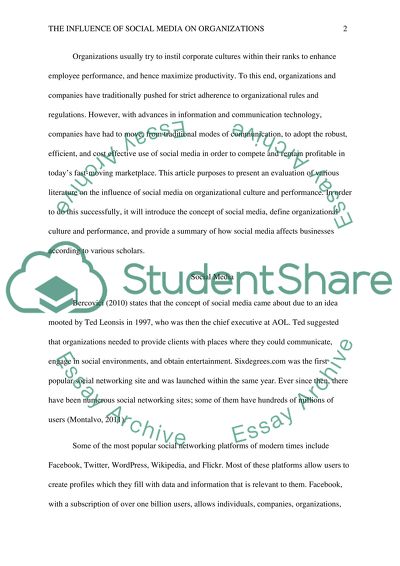Cite this document
(“The Influence of Social Media on Organizational Culture and Dissertation”, n.d.)
Retrieved from https://studentshare.org/psychology/1402875-the-influence-of-social-media-on-organizational
Retrieved from https://studentshare.org/psychology/1402875-the-influence-of-social-media-on-organizational
(The Influence of Social Media on Organizational Culture and Dissertation)
https://studentshare.org/psychology/1402875-the-influence-of-social-media-on-organizational.
https://studentshare.org/psychology/1402875-the-influence-of-social-media-on-organizational.
“The Influence of Social Media on Organizational Culture and Dissertation”, n.d. https://studentshare.org/psychology/1402875-the-influence-of-social-media-on-organizational.


